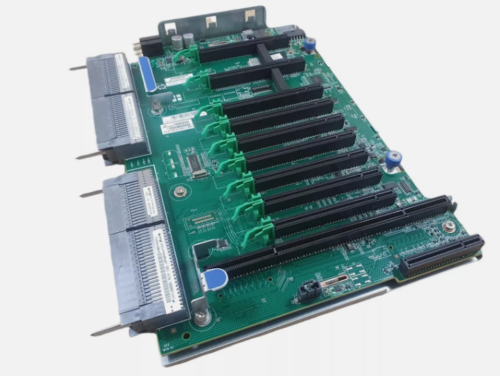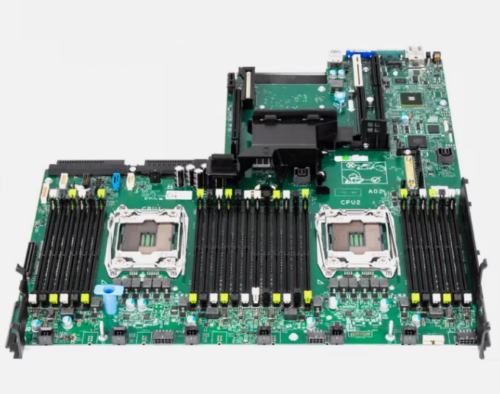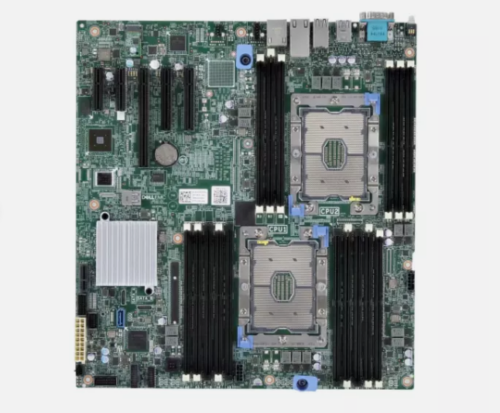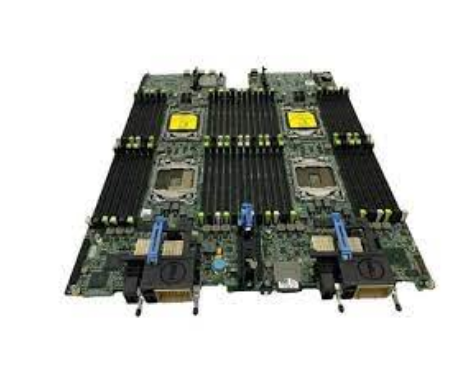How does the voltage regulator module on a motherboard work and why is it important?
The Voltage Regulator Module (VRM) on a motherboard is a crucial component responsible for regulating and supplying the appropriate voltage to the CPU (Central Processing Unit) and other components of the computer system. Here’s how the VRM works and why it’s important:
- Regulating Voltage: The VRM converts the higher voltage supplied by the power supply unit (PSU), typically +12V or +5V, into the lower voltages required by the CPU and other components. CPUs often require lower voltages, such as +1.2V or +1.35V, for stable operation.
- Phases and Components: The VRM consists of various components, including MOSFETs (Metal-Oxide-Semiconductor Field-Effect Transistors), inductors, capacitors, and voltage regulator ICs (Integrated Circuits). These components work together to regulate voltage and ensure stable power delivery to the CPU.
- PWM Controller: The VRM typically includes a PWM (Pulse-Width Modulation) controller, which controls the switching frequency and duty cycle of the voltage regulator circuit. The PWM controller adjusts the voltage output based on the CPU’s power requirements and load conditions.
- Phase Design: The VRM may have multiple phases, each consisting of MOSFETs, inductors, and capacitors. More phases generally result in smoother voltage regulation and better power efficiency. High-end motherboards often feature multi-phase VRMs to provide cleaner power delivery and better overclocking performance.
- Power Efficiency: Efficient voltage regulation is essential for minimizing power consumption and heat generation. A well-designed VRM ensures that the CPU receives stable and clean power, optimizing energy efficiency and reducing thermal stress on components.
- Overclocking Stability: For overclocking enthusiasts, a robust VRM design is critical for maintaining stability and reliability under increased CPU loads and higher operating frequencies. A high-quality VRM with adequate cooling helps prevent voltage fluctuations and ensures consistent performance during overclocking.
- Transient Response: The VRM’s transient response refers to its ability to quickly adjust voltage levels in response to sudden changes in CPU load. A fast and stable transient response is important for maintaining system stability and responsiveness during dynamic workloads and gaming scenarios.
- System Reliability: A well-designed VRM contributes to overall system reliability and longevity by providing clean and stable power to the CPU and other critical components. It helps prevent voltage spikes, droops, and fluctuations that could potentially damage sensitive electronics or cause system crashes.
In summary, the Voltage Regulator Module (VRM) plays a crucial role in regulating voltage, providing stable power delivery, and ensuring optimal performance and reliability of the CPU and other components in a computer system. It is an essential component of modern motherboards, especially in high-performance systems where power efficiency, overclocking capabilities, and system stability are paramount.




